Forgotten Stars Blogathon: Anita Page
 I don’t know what it is that I’ve always loved about Anita Page.
I don’t know what it is that I’ve always loved about Anita Page.
Although once labeled “The Girl With the Most Beautiful Face in Hollywood,” I never found her looks, while certainly pretty, to be especially unique. And she isn’t necessarily renowned for her acting prowess – a critic once pointed out that she “recites rather than speaks her lines.” But she had something that was riveting nonetheless. When she was on screen, I couldn’t take my eyes off of her.
I was first introduced to Anita Page in Our Blushing Brides (1930). In it, she played Connie Blair, the ill-fated friend of the film’s star, Joan Crawford. Brimming with sincerity and wide-eyed innocence, Page practically walked off with the film. And for my money, she had the same appeal in each one of her performances. Sadly, she’s all but forgotten today.
But not by me.
Page was born Anita Evelyn Pomares in Flushing, New York, on August 4, 1910, to Maude Mallane and Marino Pomares, an electrical engineer. By the tender age of five, the future star knew that she was destined to be an actress. “Don’t ask me how I knew that early,” Page told writer Michael G. Ankerich for his 1998 book The Sound of Silence. “That’s one thing I’m grateful for – I had goals.”
 While a student at Washington Irving High School, Anita performed in numerous productions, and she later appeared as an extra in several pictures filmed at Paramount’s Astoria Studios in New York. In 1925, Anita made her screen debut in an unbilled bit part in A Kiss for Cinderella, which starred family friend Betty Bronson and Esther Ralston. Just a few years and a couple of films later, she was being courted by both Paramount Pictures and MGM – she wound up with the studio with “more stars than there were in the heavens.”
While a student at Washington Irving High School, Anita performed in numerous productions, and she later appeared as an extra in several pictures filmed at Paramount’s Astoria Studios in New York. In 1925, Anita made her screen debut in an unbilled bit part in A Kiss for Cinderella, which starred family friend Betty Bronson and Esther Ralston. Just a few years and a couple of films later, she was being courted by both Paramount Pictures and MGM – she wound up with the studio with “more stars than there were in the heavens.”
“I wanted to go with MGM because they were so good for female actresses,” she said. “If you ask me, MGM was THE studio.” MGM first changed her name to Ann Page, but they quickly faced a protest filed with the Motion Picture Academy of Arts and Sciences from an actress with the same name under contract to First National. MGM decided to keep the “Page,” allowed the actress to retain her given name, and Anita Page was born.
Page became a star in 1928 after appearing with Joan Crawford in Our Dancing Daughters. In this silent feature, Page competed with Crawford for the affections of Johnny Mack Brown – with Page emerging the loser when she took a drunken tumble down a staircase to her death. In a typical review after the film’s release, Norbert Lusk wrote in Picture Play magazine that Page “runs away with the acting honors” and that she brought to her role “beauty, humor and magnetic unself-consciousness.”
 After Page’s performance in Our Dancing Daughters, famed character actor Lon Chaney requested her for his next film, While the City Sleeps (1928), where she played a flapper who falls for Carroll Nye (perhaps best known as Frank Kennedy, Scarlett O’Hara’s ill-fated second husband in Gone With the Wind). “At the time I was preparing to appear in The Bellamy Trial, but they reassigned me to Lon’s film,” Page recalled. “The way I used my eyes to express emotion impressed Lon.” Page and Chaney would go on to appear in three more films together.
After Page’s performance in Our Dancing Daughters, famed character actor Lon Chaney requested her for his next film, While the City Sleeps (1928), where she played a flapper who falls for Carroll Nye (perhaps best known as Frank Kennedy, Scarlett O’Hara’s ill-fated second husband in Gone With the Wind). “At the time I was preparing to appear in The Bellamy Trial, but they reassigned me to Lon’s film,” Page recalled. “The way I used my eyes to express emotion impressed Lon.” Page and Chaney would go on to appear in three more films together.
The following year, Page starred with handsome heartthrob Ramon Navarro in The Flying Fleet. Before filming ended, Navarro had proposed to the young actress – despite the fact that he was gay. Page said that she thought Navarro was good looking and the two were close friends but, she told silent film scholar Tony Villecco, “I couldn’t marry anyone who took longer to get ready than I did.” Page let Navarro down easy by joking that she would consider marrying him on “an off Thursday.”
 Navarro’s proposal aside, 1929 turned out to be quite a year for Page: she was named a Wampas Baby Star – a group of young actresses touted annually as future stars by the Western Association of Motion Picture Advertisers. That year’s crop included Loretta Young, Jean Arthur, Helen Twelvetrees, and Sally Blane (Loretta’s little sister). Also in 1929, Page was reteamed with Joan Crawford in Our Modern Maidens, and starred with Bessie Love in an early talkie, The Broadway Melody , billed by MGM as an “All Talking – All Singing – All Dancing” picture. Page and Love played sisters who seek fame and fortune with their vaudeville act – the tuneful film became the first sound feature to win the Academy Award for Best Picture. By now, Page was receiving upwards of 10,000 fan letters a week, many of which, reportedly, were from a dedicated devotee from Italy – Benito Mussolini.
Navarro’s proposal aside, 1929 turned out to be quite a year for Page: she was named a Wampas Baby Star – a group of young actresses touted annually as future stars by the Western Association of Motion Picture Advertisers. That year’s crop included Loretta Young, Jean Arthur, Helen Twelvetrees, and Sally Blane (Loretta’s little sister). Also in 1929, Page was reteamed with Joan Crawford in Our Modern Maidens, and starred with Bessie Love in an early talkie, The Broadway Melody , billed by MGM as an “All Talking – All Singing – All Dancing” picture. Page and Love played sisters who seek fame and fortune with their vaudeville act – the tuneful film became the first sound feature to win the Academy Award for Best Picture. By now, Page was receiving upwards of 10,000 fan letters a week, many of which, reportedly, were from a dedicated devotee from Italy – Benito Mussolini.
(Speaking of The Broadway Melody, the music was written by the team of Arthur Freed and Nacio Herb Brown. Five years after the release of the film, Page would elope with Brown to Tijuana, but the couple never lived together, and after eight months, Page would have the marriage annulled.)
 But just as quickly as her star had risen, Page’s career began to experience a downturn. During the filming of Our Modern Maidens, while negotiating a renewal of her contract with MGM, Page’s agent demanded an increase in her salary. She got the money, Page later recalled, but the bump in salary wasn’t all it was cracked up to be.
But just as quickly as her star had risen, Page’s career began to experience a downturn. During the filming of Our Modern Maidens, while negotiating a renewal of her contract with MGM, Page’s agent demanded an increase in her salary. She got the money, Page later recalled, but the bump in salary wasn’t all it was cracked up to be.
“I came to realize it wasn’t such a good idea, but it was too late; we were already in it,” Page told Michael Ankerich. “They gave me the money all right, but the thing we didn’t ask for and should have was the say-so in my parts – like Bette Davis fought for.”
During the next few years, Page’s best films were Our Blushing Brides (1930), her third feature with Joan Crawford; The Easiest Way (1931), a Constance Bennett vehicle where Page played the wife of Clark Gable; Under 18 (1931), in which Page was the long-suffering spouse of Norman Foster and offered up one of my favorite pre-Code scenes (read about it here); Night Court (1932), a rather harrowing feature where Page portrayed a young mother wrongly accused of prostitution; and Skyscraper Souls (1932), in which Page was memorable as a wisecracking, worldly wise dress model.
 But MGM also started loaning Page out to other studios for films like (the little-seen) The Little Accident (1930), with Douglas Fairbanks, Jr., for Universal, and Soldiers of the Storm (1933), starring Regis Toomey, for Columbia. To make matters worse, Page refused to pose for cheesecake photos and balked at showing up at events on the arms of actors chosen by the studio for the sake of publicity. By 1934, Page was being loaned to such Poverty Row studios as Monogram and Chesterfield.
But MGM also started loaning Page out to other studios for films like (the little-seen) The Little Accident (1930), with Douglas Fairbanks, Jr., for Universal, and Soldiers of the Storm (1933), starring Regis Toomey, for Columbia. To make matters worse, Page refused to pose for cheesecake photos and balked at showing up at events on the arms of actors chosen by the studio for the sake of publicity. By 1934, Page was being loaned to such Poverty Row studios as Monogram and Chesterfield.
“At the time, I realized what was going on,” Page said, “but there was nothing I could do about it. I just did the best I could.”
When Page’s contract with MGM expired in 1933, it wasn’t renewed. Unable to ink a deal with another studio, the actress signed with producer Billy Rose (who was married at the time to Fanny Brice) and appeared for the next seven months in Rose’s musical revue, Crazy Quilt. In 1936, she was seen in a small part in the British-made feature Hitch Hike to Heaven – it would be her last screen appearance for 60 years.
 Meanwhile, in 1937, Page married Naval Lieutenant Herschel House (“The handsomest man I had ever seen,” Page said). The couple settled in Coronado, California, went on to have two daughters, Sandra and Linda in the 1940s, and remained married until House’s death in 1991. In the early 1990s, Page moved back to Los Angeles, where she experienced a resurgence in popularity, responding to letters and autograph requests from countless fans (like me!), and participating in numerous film revivals and conventions, including an Anita Page Film Festival. And after six decades, she returned to the big screen in 1996 in an independent film, Sunset After Dark, which also featured former child star Margaret O’Brien. (Unfortunately, in the next few years, she went on to appear in pictures with names like The Crawling Brain and, her final film, Frankenstein Rising.)
Meanwhile, in 1937, Page married Naval Lieutenant Herschel House (“The handsomest man I had ever seen,” Page said). The couple settled in Coronado, California, went on to have two daughters, Sandra and Linda in the 1940s, and remained married until House’s death in 1991. In the early 1990s, Page moved back to Los Angeles, where she experienced a resurgence in popularity, responding to letters and autograph requests from countless fans (like me!), and participating in numerous film revivals and conventions, including an Anita Page Film Festival. And after six decades, she returned to the big screen in 1996 in an independent film, Sunset After Dark, which also featured former child star Margaret O’Brien. (Unfortunately, in the next few years, she went on to appear in pictures with names like The Crawling Brain and, her final film, Frankenstein Rising.)
Anita Page died in her sleep on September 6, 2008. She was 98 years old.
If you don’t know Anita Page, wrangle a copy of Our Blushing Brides, The Easiest Way, or Under 18. Or Night Court. Or Skyscraper Souls. And see for yourself why she’s someone who should be remembered.
You only owe it to yourself.
——————————
 This post is part of the Forgotten Stars Blogathon, hosted by the Classic Movie Blog Association.
This post is part of the Forgotten Stars Blogathon, hosted by the Classic Movie Blog Association.
Click the picture to the right to check out the many great posts being presented as part of this event!
You’ll be glad you did.


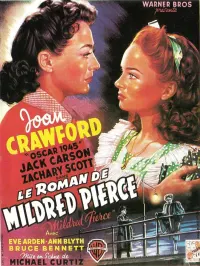




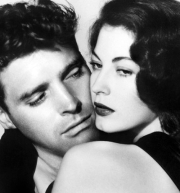













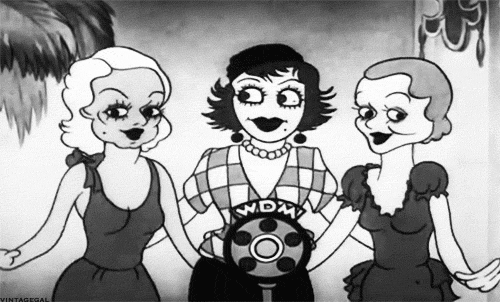


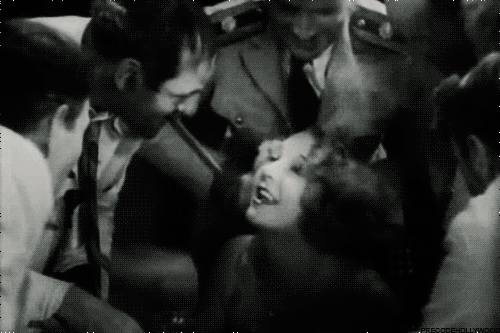


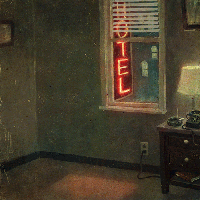
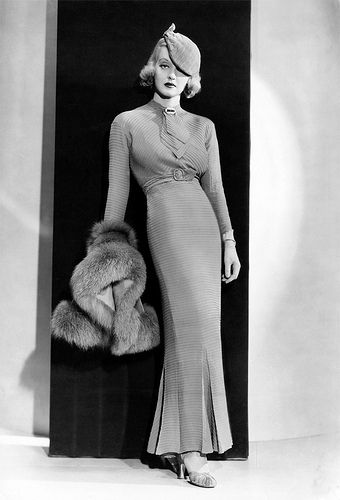



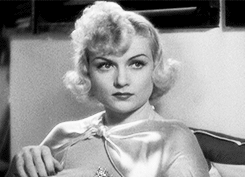
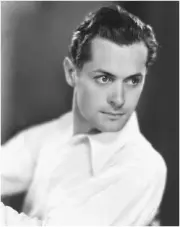
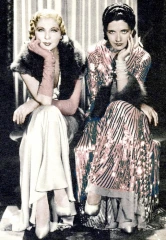

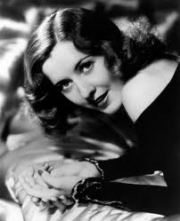



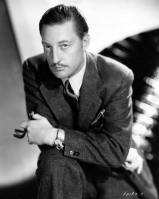




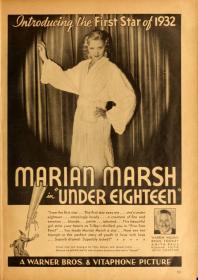
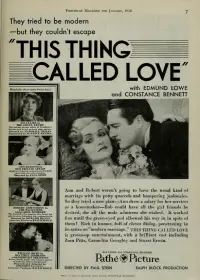

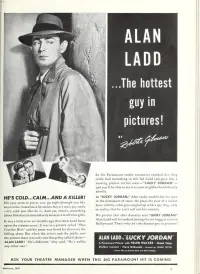
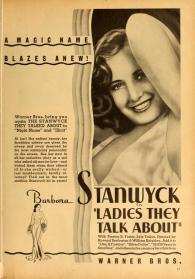

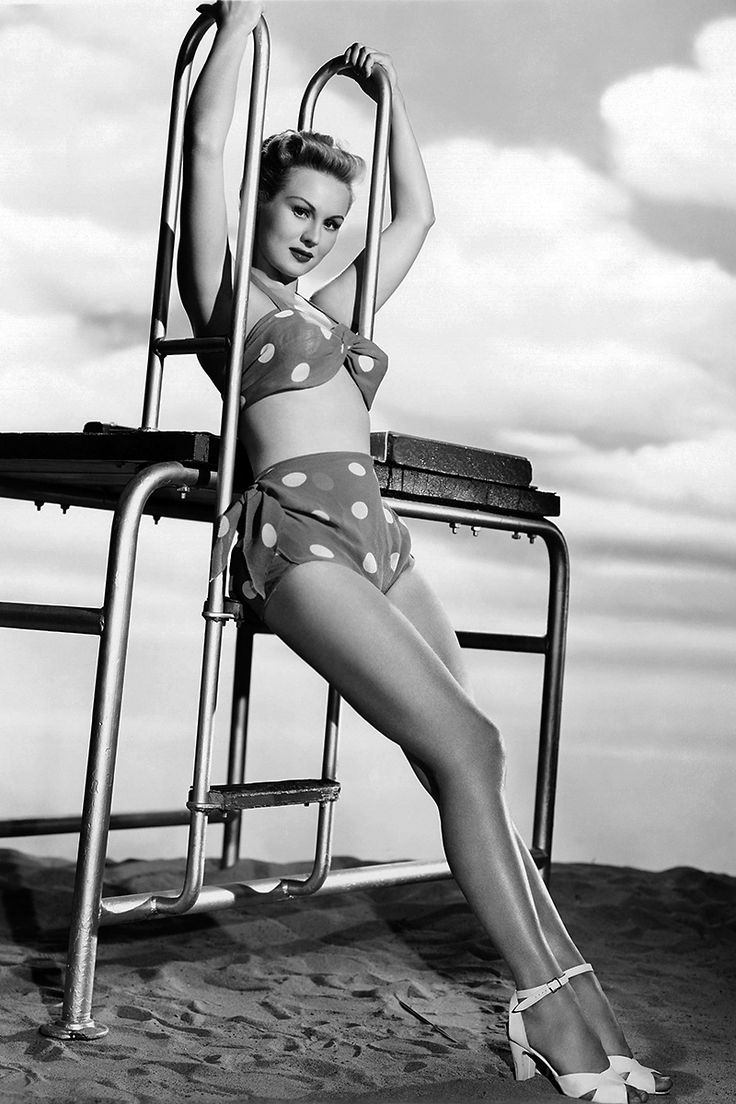



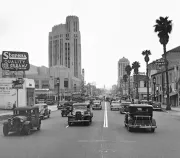
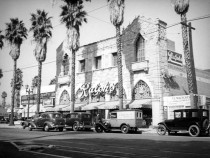


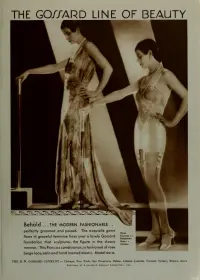

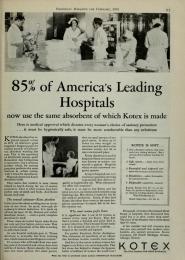

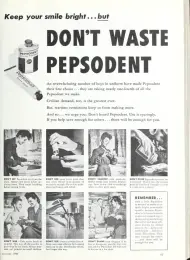


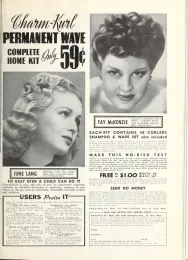


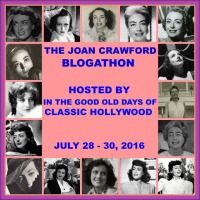

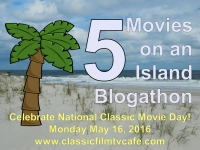
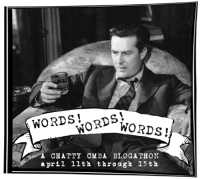

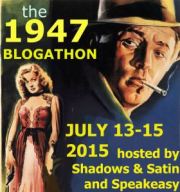
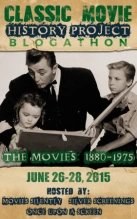
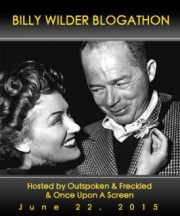


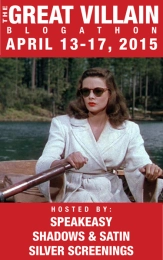


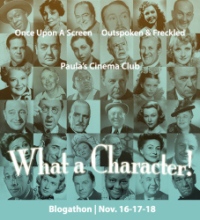
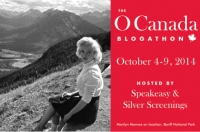


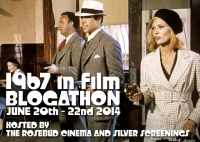


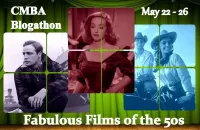
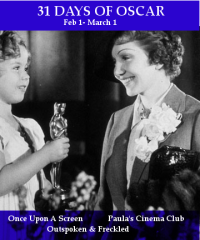
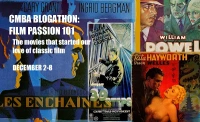







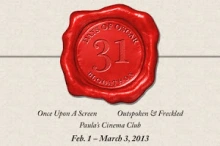

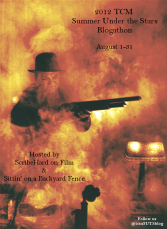


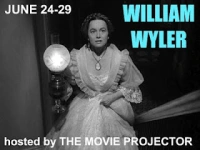





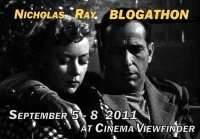

She brings a nice combo of sweet and sassy to her early talkies, but sometimes, when there was no sass, she comes up a bit short for me. My first experience with her was SKYSCRAPER SOULS, so I suspect that’s the Anita Page I’m always looking for. Good coverage and nice recommendations, I enjoyed it!
Thanks so much, Cliff — what are some of the sans-sass (LOL) films that you’re thinking of? Like Night Court or Our Blushing Brides, maybe? BTW, I’ve never seen Our Dancing Daughters from start to finish — it’s on my list for the weekend. What do you think of that one?
She could use some sass in OUR BLUSHING BRIDES, a little too suffering there for my tastes. I like her best when it feels like she might reach out and smack you if you get a little too wise with her.
A wonderful tribute to an actress who didn’t get the recognition she deserved.
Thank you so much!! I hope more people will be inspired to check out her movies.
She was such an enchanting actress! Probably not the most talented, but certainly eye-catching. I know her mainly from Broadway Melody & the Buster Keaton film, Sidewalks of New York. I love that she made a return (not a comeback!). She seemed to really enjoy the renewed attention – and what can be better than that? Thanks for a lovely addition to the blogathon.
Thanks, Marsha — you are so right about her loving the renewed attention. There’s an interview of her on YouTube (have you seen it?) and you can just tell how much she loved talking about Old Hollywood.
She was the only woman William (Bill) Haines proposed to as well.
I’d started to include the information about William Haines proposing to her, but I decided against it. Now I wish I had. Maybe I will! (Where’d that edit button go . . .?) Thanks, Linda!
It’s those eyebrows, man.
LMAO!!
I LOVE her in “Skyscraper Souls”, but don’t think I’ve seen her in anything else. You’re right – when she’s on screen it’s hard to notice anyone else.
So glad you included her in the blogathon! 🙂
Great post Karen and a very worthy subject for the blogathon. I’ve always liked her on film, and she just happened to live down the same street as me in Coronado. I never got to meet her though. She was in films in a very competitive time and tough new demands in the sound era. Still, its unfortunate she didn’t have a longer career. She seemed to do well enough as a “Navy” wife. Her husband became an admiral.
Thank you so much for your comment — how cool that you lived on the same street! That would be enough for me, LOL. I hope to see you around these parts again. 🙂
Can’t say I’m a big Page fan– but that’s just because she got stuck in the worst Buster Keaton talkies. Girl just had bad luck. But great rundown of her, Karen!
I’ve never seen her Buster Keaton talkies — I will have to look them up. Have you seen her in Under 18? If that doesn’t make you a fan, well I just don’t know. 😉
How could I not try the films of an actress sassy enough to say this then?: “I couldn’t marry anyone who took longer to get ready than I did.” Thank you for inspiring me to check her out! Leah
My favorite Page performance is in OUr Dancing Daughters; she plays the bad girl to the hilt in that one.
I really enjoyed this post, thanks! I didn’t know much about Anita Page, but she sounds like an amazing woman and I’d love to see/re-watch some of the films you mention!
Anita Page had such an interesting career, making the transition from silent to sound, she really should be better known. She really makes an impact in The Broadway Melody, and I think she also co-starred with Buster Keaton in one of his early sound films. Great to know that later in her life she wasn’t forgotten!
The Crawling Brain? Frankenstein Rising? Okay, now I’m intrigued. Seriously though, Anita’s experience at MGM is an old, familiar story — one small misstep or a moment of standing up for yourself, and suddenly you found yourself being loaned out to Miracle Pictures (“If it’s a good picture, it’s a Miracle!”) for a small part in an obscure B. : )
Of course you’d pick up on those titles, Brian! LOL
[…] Forgotten Stars Blogathon: Anita Page by Karen at Shadows and Satin […]
The Roundup: November 14, 2014 | The Frame said this on November 15, 2014 at 12:56 am |
Thank you so much for this lovely mention! It is most appreciated.
[…] Melody (which won Best Picture) and Our Dancing Daughters, had her name changed to Anita Page (first Ann Page) by […]